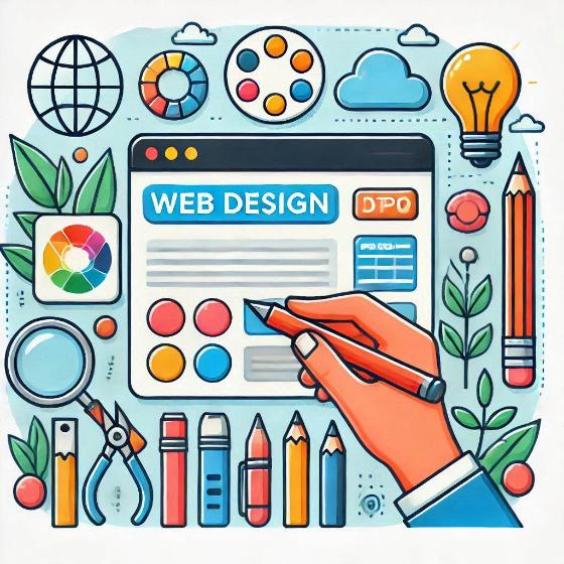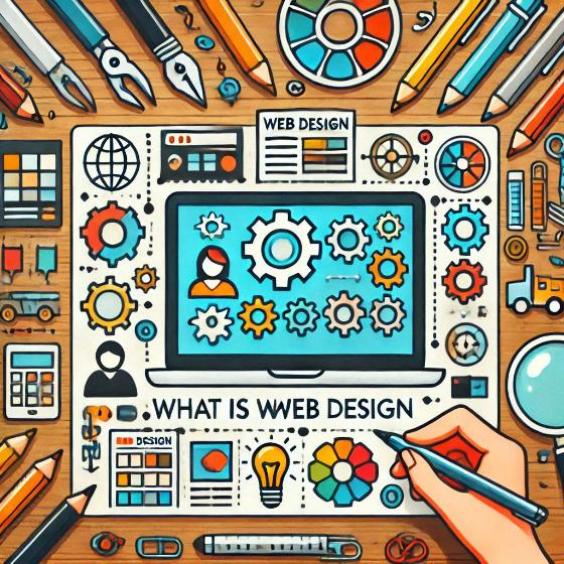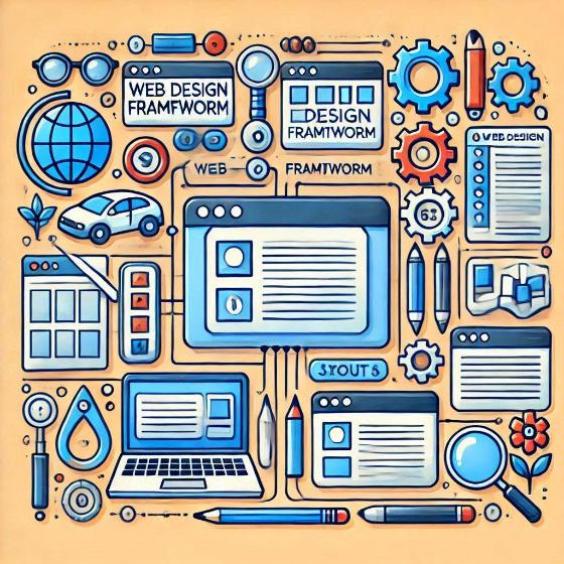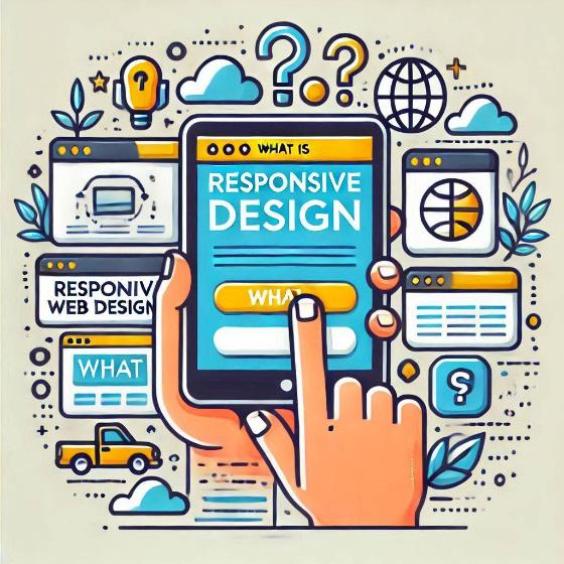What is Web Design
In the digital age we live in, online presence is essential for any business, organization, or individual who wants to reach a wider audience. However, creating a website involves not only programming and code, but also an attractive and functional visual aspect. This is where Web Design comes into play.

Web Design Definition
Web Design refers to the process of planning, creating, and designing the user interface and user experience on a website. It involves combining visual elements, such as colors, typography, images, and graphics, with the functionality and navigation of the website.
Web Design Objectives
The main objectives of Web Design are:
- Creating an attractive and easy-to-use user experience.
- Effectively communicating the brand's identity and message.
- Improving website navigation and accessibility.
- Increasing user conversion and retention.
Analogy with Graphic Design

Web Design can be compared to Graphic Design in many aspects. In fact, many graphic designers also work in Web Design. The main difference lies in the medium in which they work. While Graphic Design focuses on creating printed materials, such as brochures, posters, and magazines, Web Design focuses on creating websites and digital applications.
Like Graphic Design, Web Design requires a deep understanding of design principles, such as composition, color, typography, and texture. However, Web Design also involves additional considerations, such as interactivity, navigation, and accessibility.
Web Design Examples
Some examples of Web Design include:
- Corporate website design.
- E-commerce website design.
- Mobile application design.
- News and blog website design.
Web Design Uses
Web Design has a variety of uses, including:
- Creating an online presence for a company or organization.
- Improving user experience on an existing website.
- Increasing user conversion and retention.
- Creating a consistent online brand identity.
In summary, Web Design is a fundamental process for creating attractive and functional websites and digital applications. By understanding design principles and considering interactivity, navigation, and accessibility, web designers can create exceptional user experiences that attract and retain users. If you are interested in learning more about Web Design or need help creating a website, don't hesitate to seek resources and professionals in the field.





